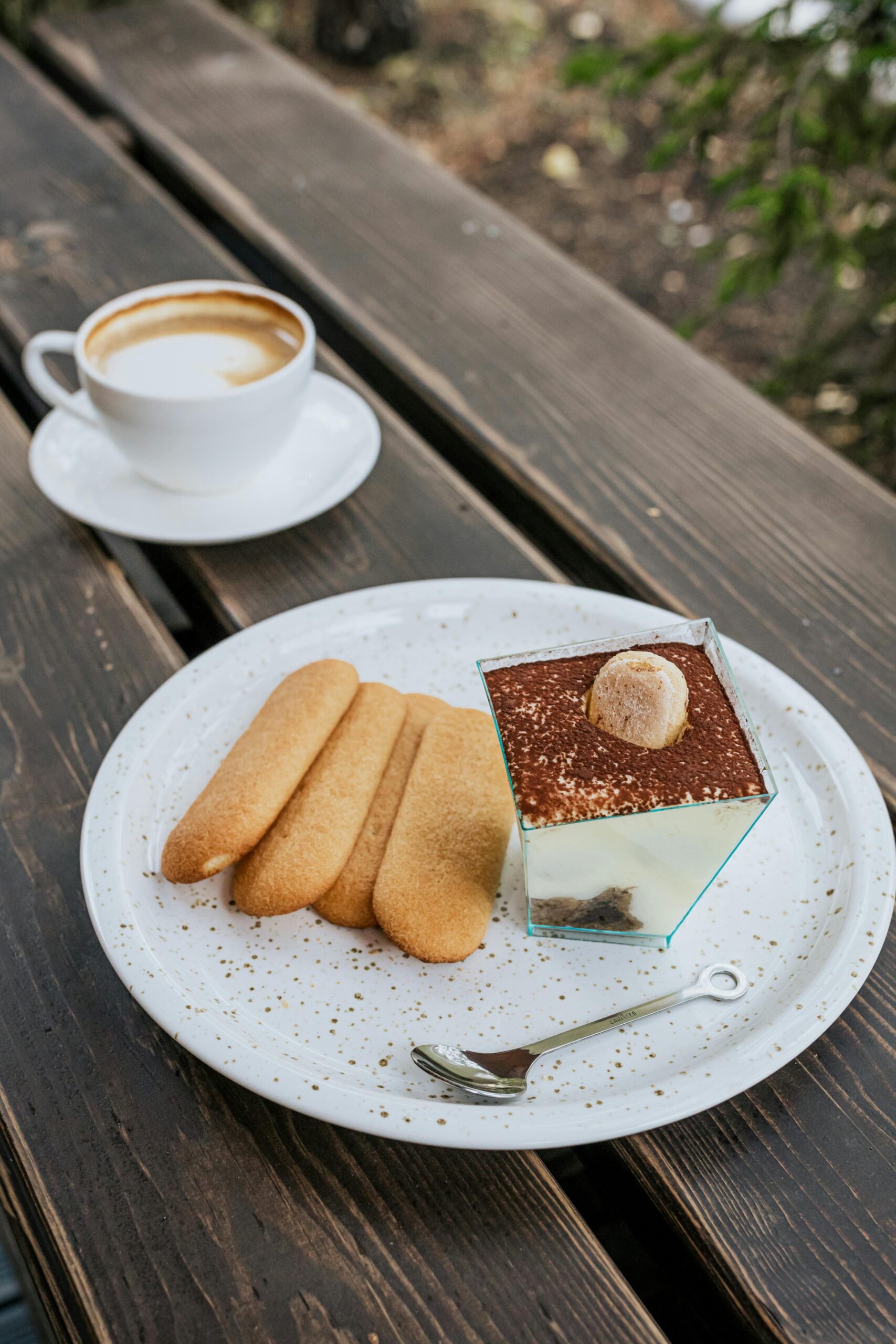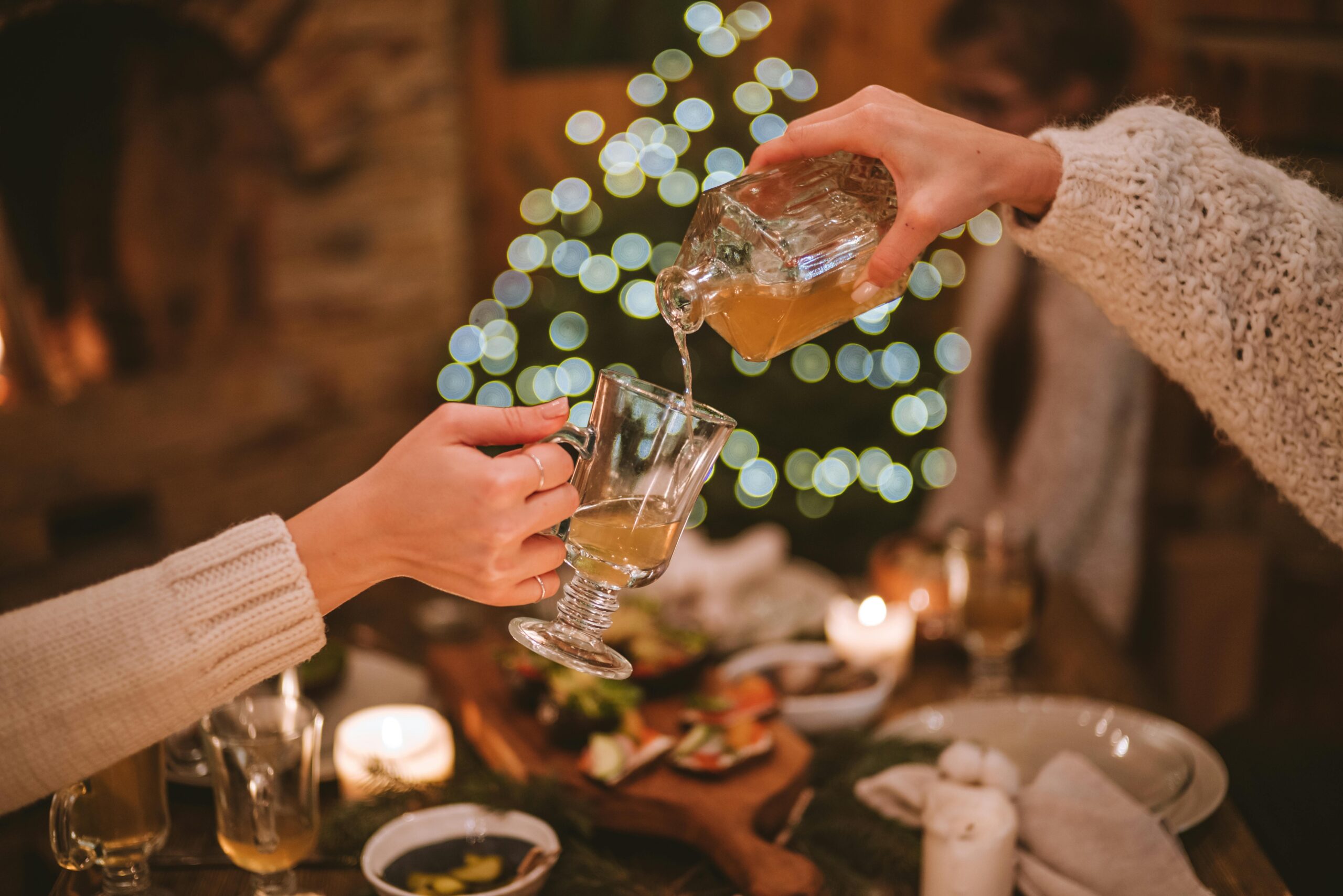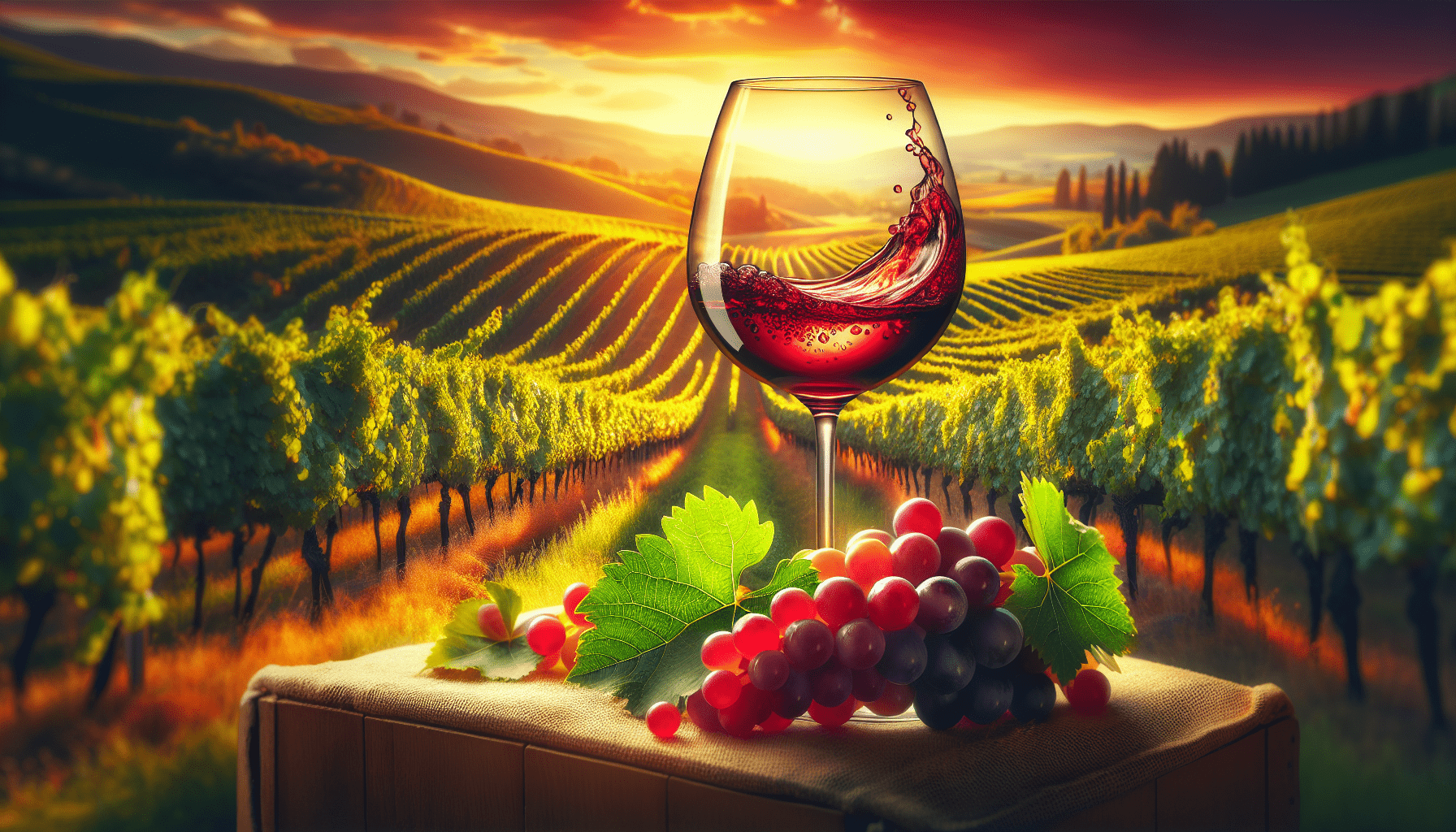
Through the centuries, wine-making techniques evolved and diversified across regions like France, Italy, and Spain. As vineyards and wineries expanded, the need for organized tours emerged to educate people about the complexities of wine. Early wine tours were informal, but over time, they became structured experiences, often guided by experts.
Nowadays, wine tours have become sophisticated and customizable experiences. With the rising trend of agrotourism, these tours are more popular than ever. Modern wine tours often incorporate gourmet food pairings, educational workshops, and even luxury accommodations. There are specialized tours for different preferences—organic, biodynamic, and even vegan wine tours are available.
For instance, Napa Valley in California offers spectacular wine tours that blend high-quality wines with stunning scenic beauty. Similarly, Bordeaux in France offers tours that are steeped in rich history and exceptional wine craftmanship.

This image is property of images.pexels.com.
One of the most important concepts in viticulture is “terroir,” referring to the unique combination of soil, climate, and geography that affects the characteristics of the wine. The term embodies the essence of what makes each wine distinct.
Understanding different wine varieties and their characteristics is essential. Wines can be broadly classified into red, white, rosé, sparkling, and dessert wines. Each variety involves different grapes and distinct production processes.
| Wine Variety | Primary Grape Types | Common Flavors |
|---|---|---|
| Red | Cabernet Sauvignon, Merlot | Dark berries, oak, spices |
| White | Chardonnay, Sauvignon Blanc | Citrus, pear, apple, floral |
| Rosé | Grenache, Syrah | Strawberry, cherry, citrus |
| Sparkling | Chardonnay, Pinot Noir | Bubbles, apple, almond, toast |
| Dessert | Muscat, Riesling | Honey, dried fruit, caramel |
Napa Valley in California is a renowned wine-tasting destination. The valley boasts over 400 wineries, ranging from boutique producers to large-scale operations. Tourists can participate in guided wine tastings, vineyard walks, and exclusive wine-pairing dinners. An example of this is the Robert Mondavi Winery, where visitors can explore the art of wine-making and even experience private wine tastings.
According to research, Napa Valley attracts around 3.85 million visitors annually. The popularity of Napa is evident in its robust tourism infrastructure, offering everything from hot air balloon rides over vineyards to luxurious spa treatments along with wine tours.

This image is property of images.pexels.com.
Bordeaux, France, another historical wine region, offers a contrasting yet equally fascinating experience. The city and its environs are home to numerous Grand Cru Classé wineries, many of which have been family-owned for generations. Tours here often include visits to age-old cellars and tastings of some of the world’s most esteemed wines.
Bordeaux wine tours draw around 6 million visitors each year. This region’s historic appeal, coupled with its exceptional wines, makes it a must-visit for any wine enthusiast.
| Criteria | Napa Valley | Bordeaux |
|---|---|---|
| Wine Varieties | Focuses on Cabernet Sauvignon and Chardonnay | Primarily Merlot, Cabernet Sauvignon, and blends |
| Experience Style | Modern, luxurious, with lots of activities | Historic, traditional, often more reserved |
| Scenic Beauty | Rolling hills, modern architecture | Medieval castles, historic vineyards |
| Popularity | 3.85 million annual visitors | 6 million annual visitors |
| Typical Tour Cost | Mid to high range | Primarily high range |
Both regions offer exceptional wine tours but cater to slightly different tastes and preferences. Napa Valley is known for its modern, luxurious approach and diverse activities. Conversely, Bordeaux attracts those who appreciate rich history and time-honored wine-making traditions.

This image is property of images.pexels.com.
Predictive trends suggest that wine tours will continue to grow in popularity, with a noticeable shift towards more personalized and eco-friendly experiences. Biotechnology advancements in viticulture will likely introduce new wine varieties, offering unique tasting experiences.
The continued growth of wine tours will have significant implications for both the wine industry and local economies. It promotes sustainable agriculture, encourages agrotourism, and provides educational opportunities for consumers. Additionally, wine tours foster a connection with nature and agriculture, promoting a more informed and socially responsible consumer base.
The increasing trend toward sustainability and eco-friendly practices in wine-making is also expected to drive the industry’s future. Tours focusing on organic and biodynamic wines will likely become more prevalent, aligning with global sustainability goals.
To summarize, wine tours offer a delightful journey of taste and exploration, from the picturesque vineyards of Napa Valley to the historic cellars of Bordeaux. Through visits to various vineyards and wineries, you not only indulge in exceptional wines but also gain insight into the meticulous process of wine-making. The future looks promising with more personalized and eco-friendly wine tour experiences.
What do you think about the transformative power of wine tours? Are you ready to start your own journey of vinous discovery?
Embark on your next wine tour by diving deeper into our [other articles] that delve into the intricate world of wines. Cheers!

What To Bring On A Wine Tour – Embark On A Journey To The Land Of Exquisite Vineyards!